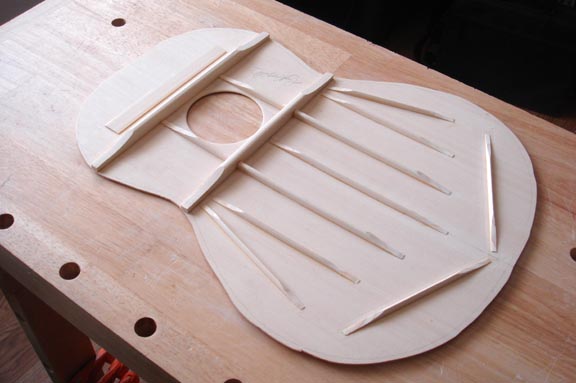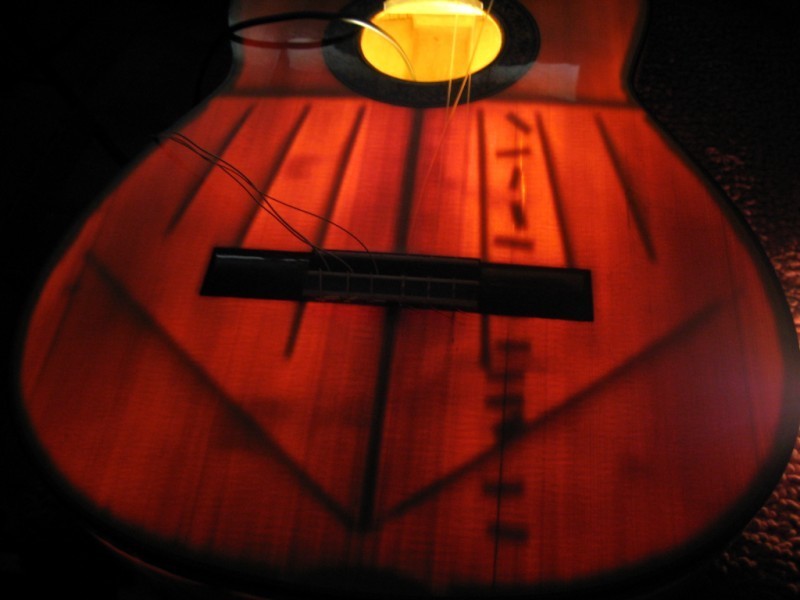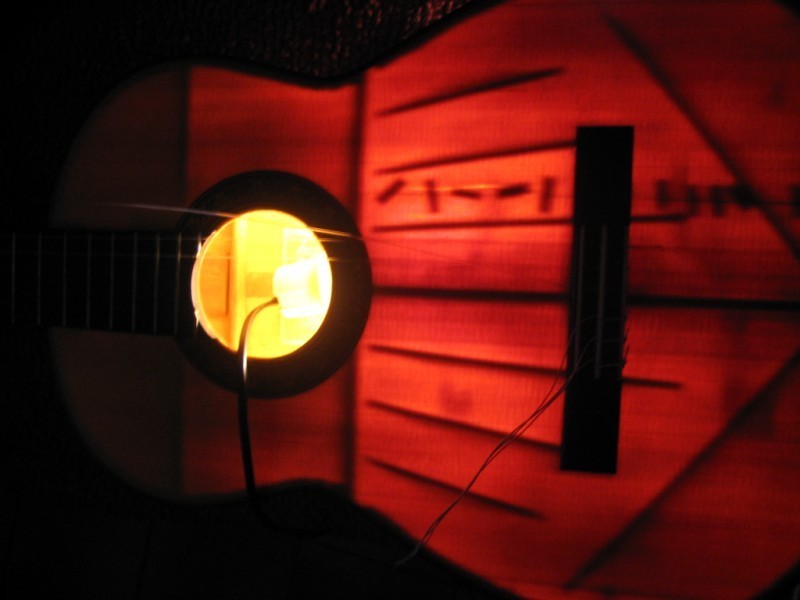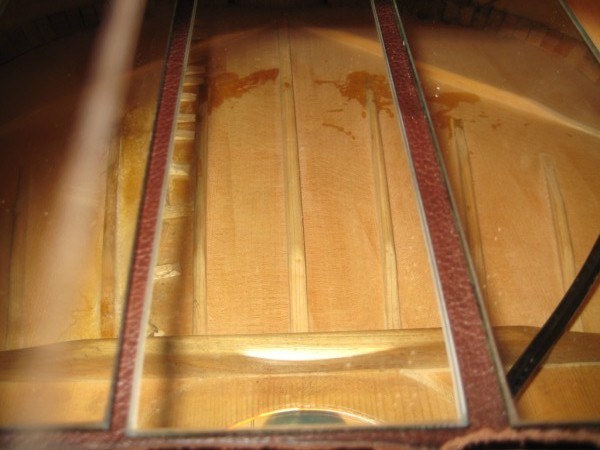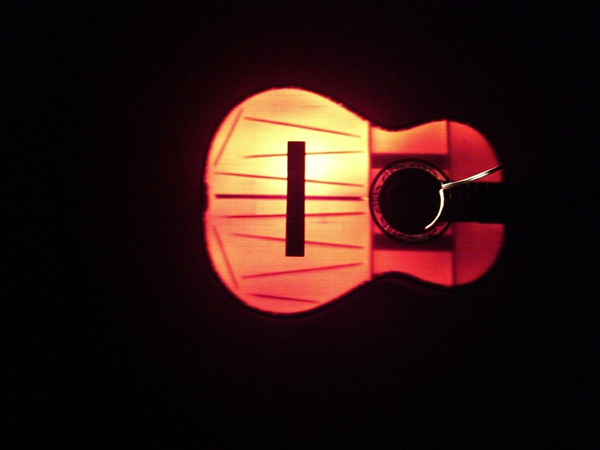|
jshelton5040 -> RE: Conde bracing pattern (Mar. 23 2015 14:35:03)
|
quote:
ORIGINAL: keith
It seems to me that the layout of braces would be, in part, a function of the characteristics of the top wood and possibly equally, if not more, important would be the thickness of the brace and the height of the brace--along with slopes. Question for the luthiers--would placement of braces and their structure change given one piece of top wood over another piece of top wood?
Structure yes, placement no. We use a completely different bracing pattern for classics than for flamencos but the patterns are always the same.
To learn the effect of changes to the bracing layout, shape, thickness, etc. the changes must be very small or maybe precise is a better word. For example, if you keep the braces as close to the same as possible and thin the top a little from one guitar to the next (assuming the top wood and brace wood are from ajacent cuts) you might learn something but if you change something else at the same time you learn nothing. The problem is that the sample of guitars for an individual luthier is so small that its almost impossible to derive real information so a lot of what you do comes from intuition. Intuition seems to improve with the number of guitars built but in at least in my case it's taken so many years that I'm running out of time. If guitar making weren't so fascinating the frustration involved would make it unbearable.
|
|
|
|
